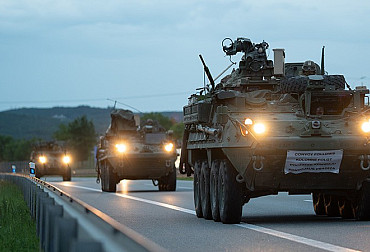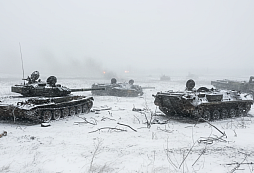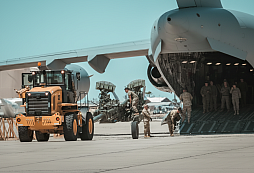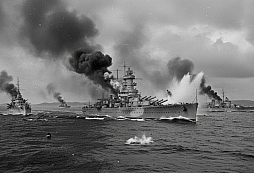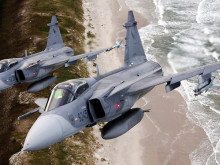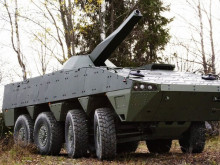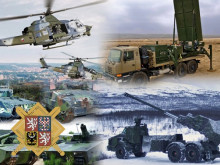Advantages and disadvantages of the possible acquisition of F-35 aircraft for the Czech Armed Forces
In the last few days, the Czech media have been reporting on the alleged advanced negotiations between the Czech and the US side regarding the acquisition of 40 units of the US fifth-generation F-35 Lightning II aircraft. Although the Ministry of Defence has denied this information, the F-35 is still one of the three candidates for the future aircraft for the Czech Air Force after 2027. Let's take a look at the main advantages and disadvantages of this possible acquisition.
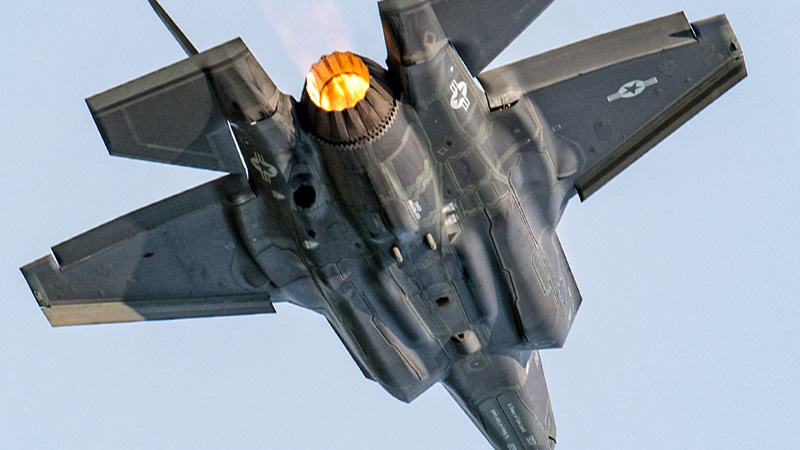 Picture: In recent days, the Czech media have been reporting on allegedly advanced negotiations between the Czech and US sides regarding the acquisition of 40 units of US fifth-generation F-35 Lightning II aircraft. | Shutterstock
Picture: In recent days, the Czech media have been reporting on allegedly advanced negotiations between the Czech and US sides regarding the acquisition of 40 units of US fifth-generation F-35 Lightning II aircraft. | Shutterstock
The first information about the possible purchase of 40 American F-35s was reported by the E15 website, which was based on information from the renowned Janes website. However, the Czech Ministry of Defence, through its spokesman Jan Pejšek, refused any active negotiations on the purchase of F-35s. According to Pejšek, this is a "storm in a glass of water". "At the moment, we have a valid contract for the lease of 14 Swedish Jas-39 Gripen fighter aircraft until 2027, with an option for another two years, i.e. until 2029. However, experts from the General Staff of the Czech Army are preparing a military opinion on the possibilities of future airspace protection after the expiry of the Gripen lease. This military opinion will be submitted to the new Minister of Defence and the new Government. At the moment, three options are under consideration: providing airspace protection using the existing Gripen aircraft, using the new generation Gripen aircraft or switching to another supersonic platform," Pejšek added.
The Concept of Build-up of the Czech Army 2030 speaks of the supersonic air force's ability to act as the main element in the protection of the Czech airspace. Furthermore, in 2030, the Czech supersonic air force is to achieve the ability to support operations of ground forces in all weather conditions, day and night. At the same time, the supersonic air force will be able to operate in Air Policing operations. By 2030, the supersonic air force will also have a sufficient number of aircraft. Furthermore, the Long Term Defence Outlook 2035 states that by 2035 the Air Force will be able to operate across the full spectrum of operations and achieve full interoperability with other NATO members.
The F-35 meets all of these requirements, but its acquisition has its drawbacks. Given the cost, advancement and serviceability, the following factors should be considered when selecting a new supersonic aircraft.
The first and perhaps most significant advantage is the fact that the F-35 is qualitatively superior to other candidates. It is a fifth-generation aircraft combining state-of-the-art weaponry and sensors for conducting so-called network warfare. The Czech supersonic air force would thus move into the "first league" of air forces of European NATO members. Better interoperability with NATO's strongest member, the United States, would also be a matter of course.
The second advantage relates to the alliance with the USA - the possible acquisition of the F-35 (and secondarily also the F-16V) will tie the Czech Air Force and the Czech Republic even more closely to the United States and strengthen this alliance. In the area of alliances, we can also talk about a significant strengthening of V4 capabilities. Poland is buying 32 F-35s, Slovakia 14 F-16Vs. The question remains what aircraft the Hungarian allies will choose, but if the Czech Republic chooses F-35s in the number of around 20, this will lead to a significant increase in air capabilities in the region.
If the Czech Republic chooses the F-35, the aircraft will be equipped with the latest modernisation package, known as Block 4. This will bring the integration of some new weapon systems in addition to upgrading software and other parts of the aircraft. In addition to the integration of other US-origin weapons, these include the Norwegian Joint Strike Missile (an airborne variant of the Naval Strike Missile), and then the European consortium's MBDA Meteor, ASRAAM and Spear missiles. It is with the European weapon systems that weaponry variability will increase. It can be assumed that the larger the customer base, the larger the "list" of integrated missiles will become. Thus, after 2027, the Army could have a wide range of weapons to choose from, which is currently one of the most talked about advantages of the JAS-39 Gripen.
On the other hand, the most obvious disadvantage is the price. However, it is not the price of the aircraft per se, but rather the cost of operation, which is still astronomical compared to other aircraft, and it is questionable whether our Army can afford such an expenditure on supersonic aviation, even given its other commitments.
The current strategy of the manufacturer, the US company Lockheed Martin, is to train pilots mainly on simulators, which is why there is not even a two-seat version of the F-35 (unlike its Swedish competitors or the F-16V). In the context of the absence of a two-seat version, coupled with the high operating costs (which will probably also affect the number of flight hours), one can speculate what level of training Czech pilots would have and to what extent they would be able to be deployed in foreign missions.
The economic situation of the Czech Republic is not rosy. Although the victorious coalition SPOLU declares the enactment of 2% of GDP spending on defence from 2025, it is uncertain whether the defence budget will not be cut. Given other commitments (building a heavy brigade and an airborne regiment), it is questionable how much funding will eventually be left for supersonic aviation. Thus, due to the operational costs of the F-35, it is uncertain whether it will even be possible to procure the aircraft in meaningful numbers to provide both air-to-air and air-to-ground functions defined in the strategic documents. The eventual acquisition of fewer than 10 F-35s then makes neither economic nor military sense.
The F-35 Lightning II aircraft is often said to be oversized for the needs of the Czech Armed Forces and, according to many critics, the Czech Republic does not even need such an aircraft as the F-35 given its military-political ambitions. However, the security environment is changing and will change in the future, and with it the military-political ambitions of the Czech Republic and its role in the North Atlantic Alliance. Therefore, it is not appropriate to think of the F-35 and other weapon systems as oversized or unnecessary for the Czech Armed Forces. Their need may become apparent only some time later, when it may be too late to acquire modern assets.
















